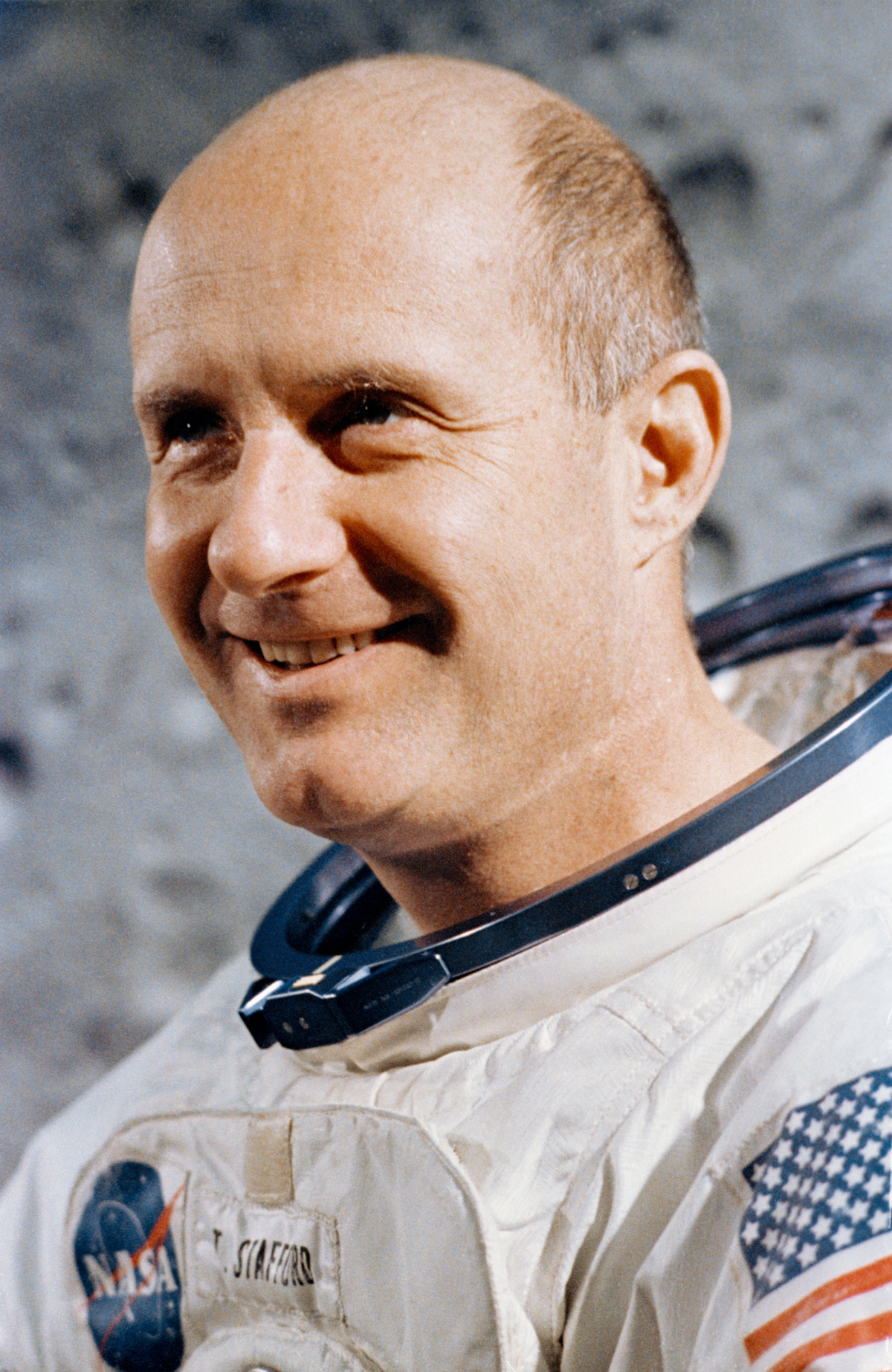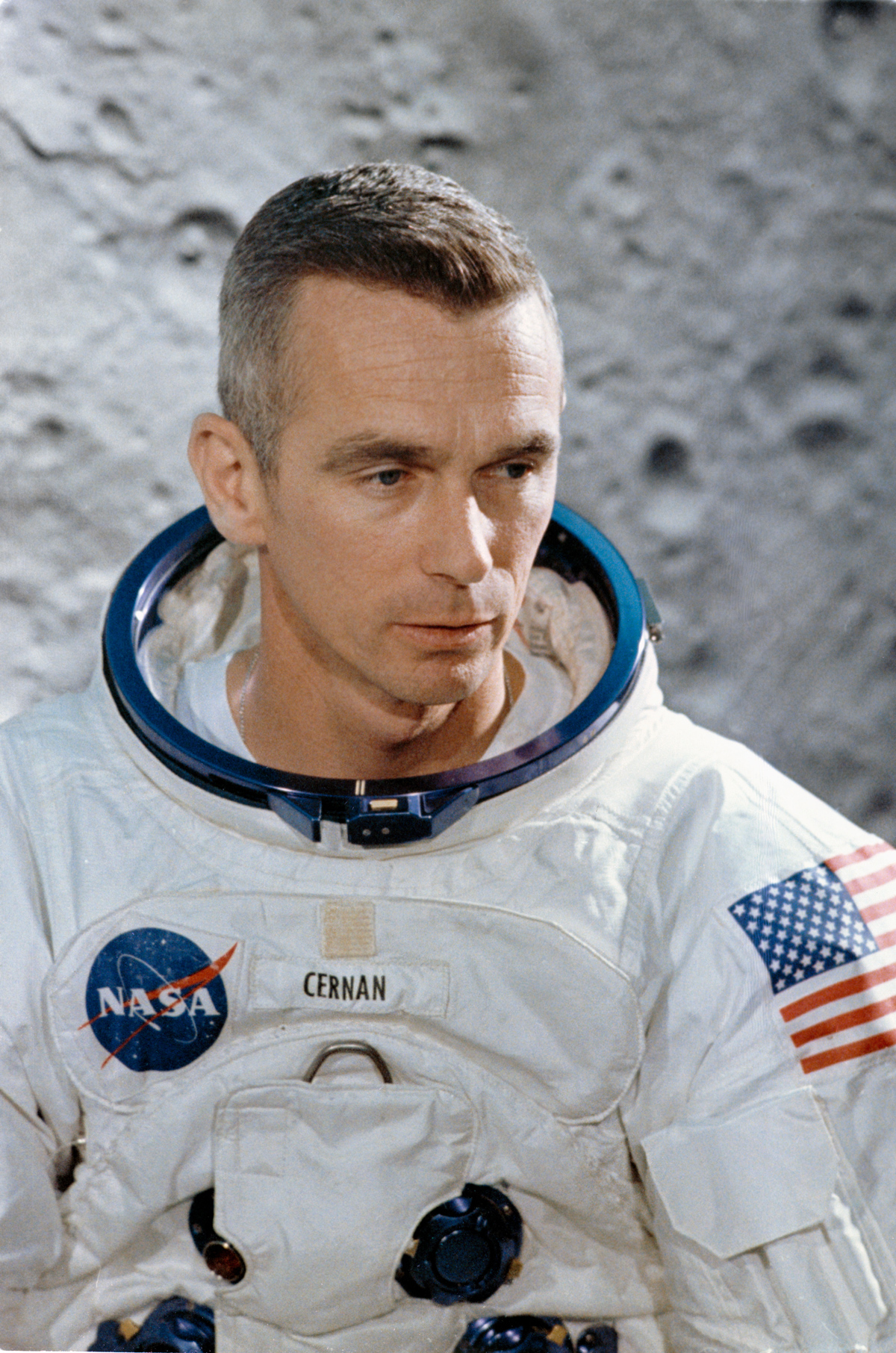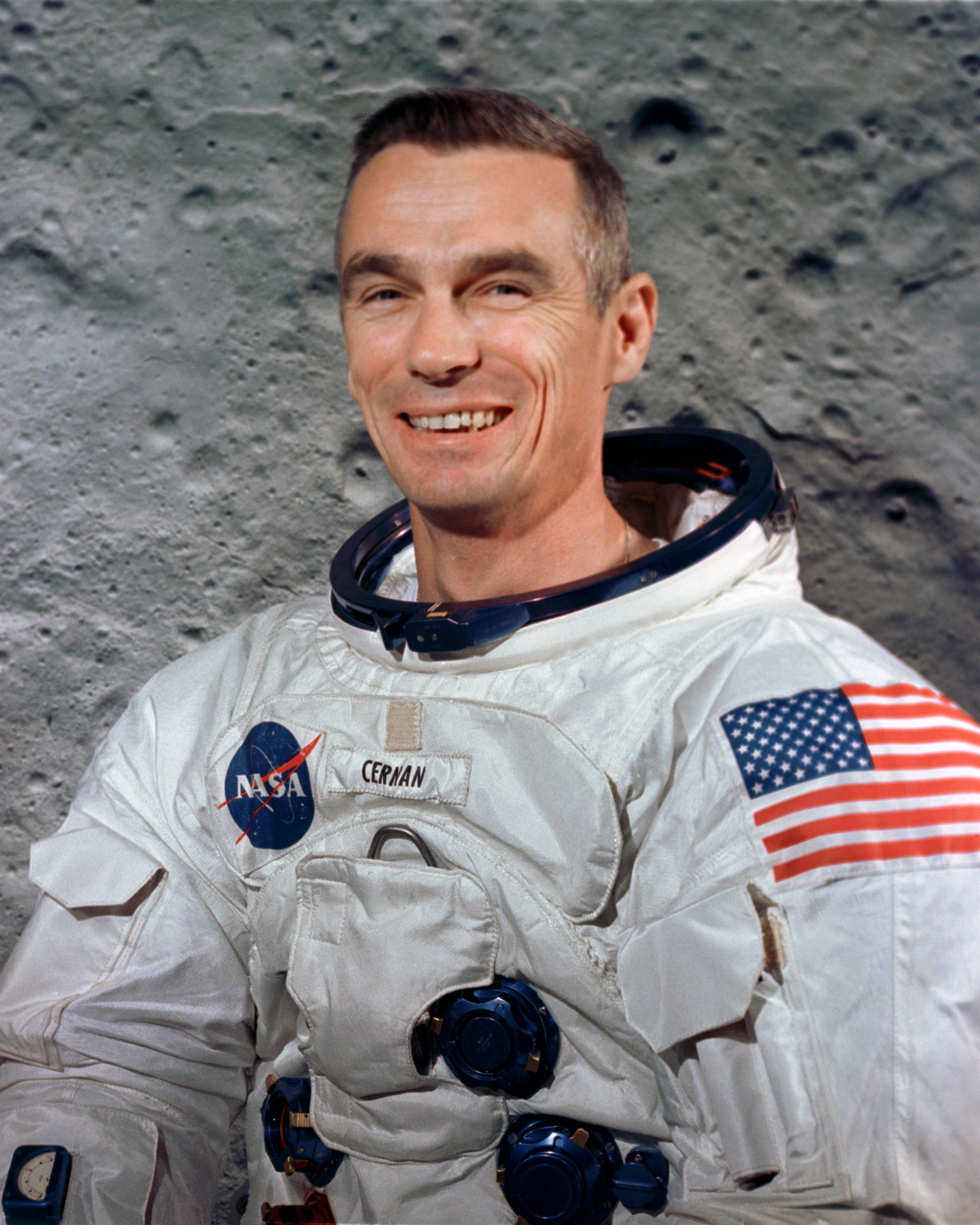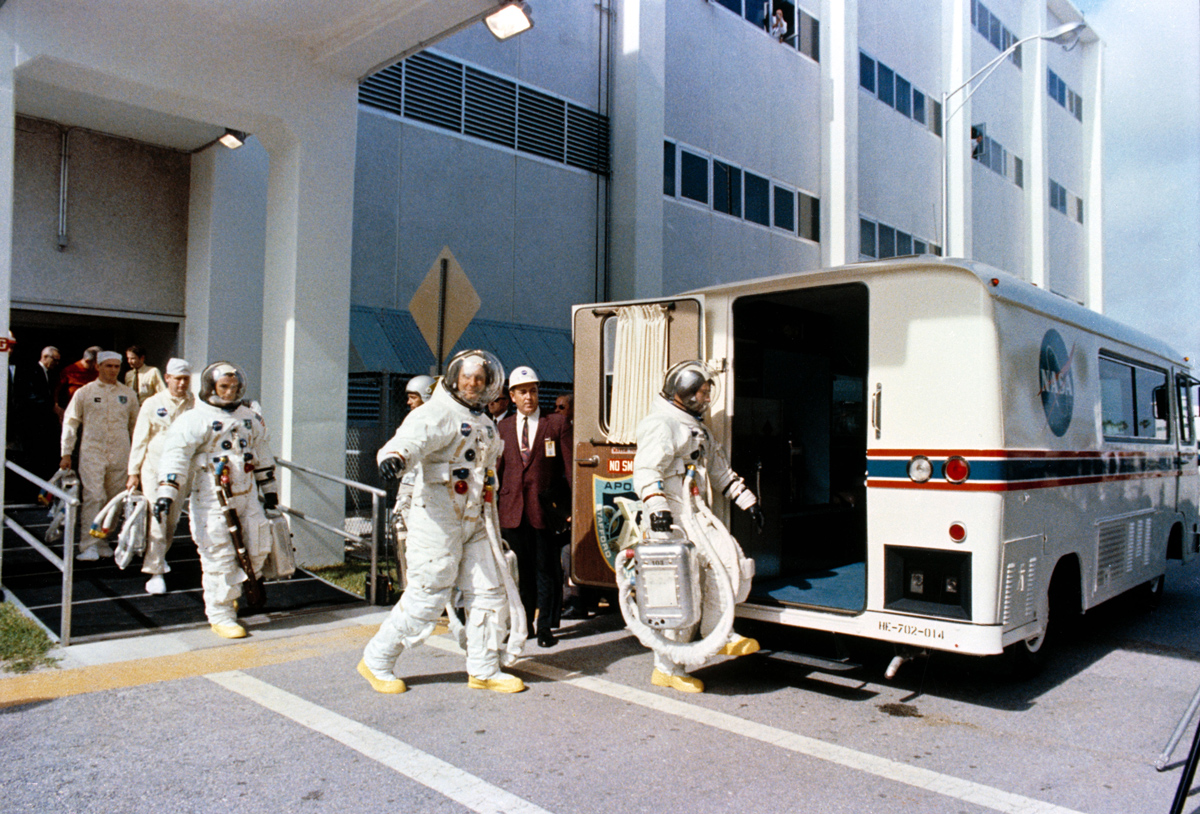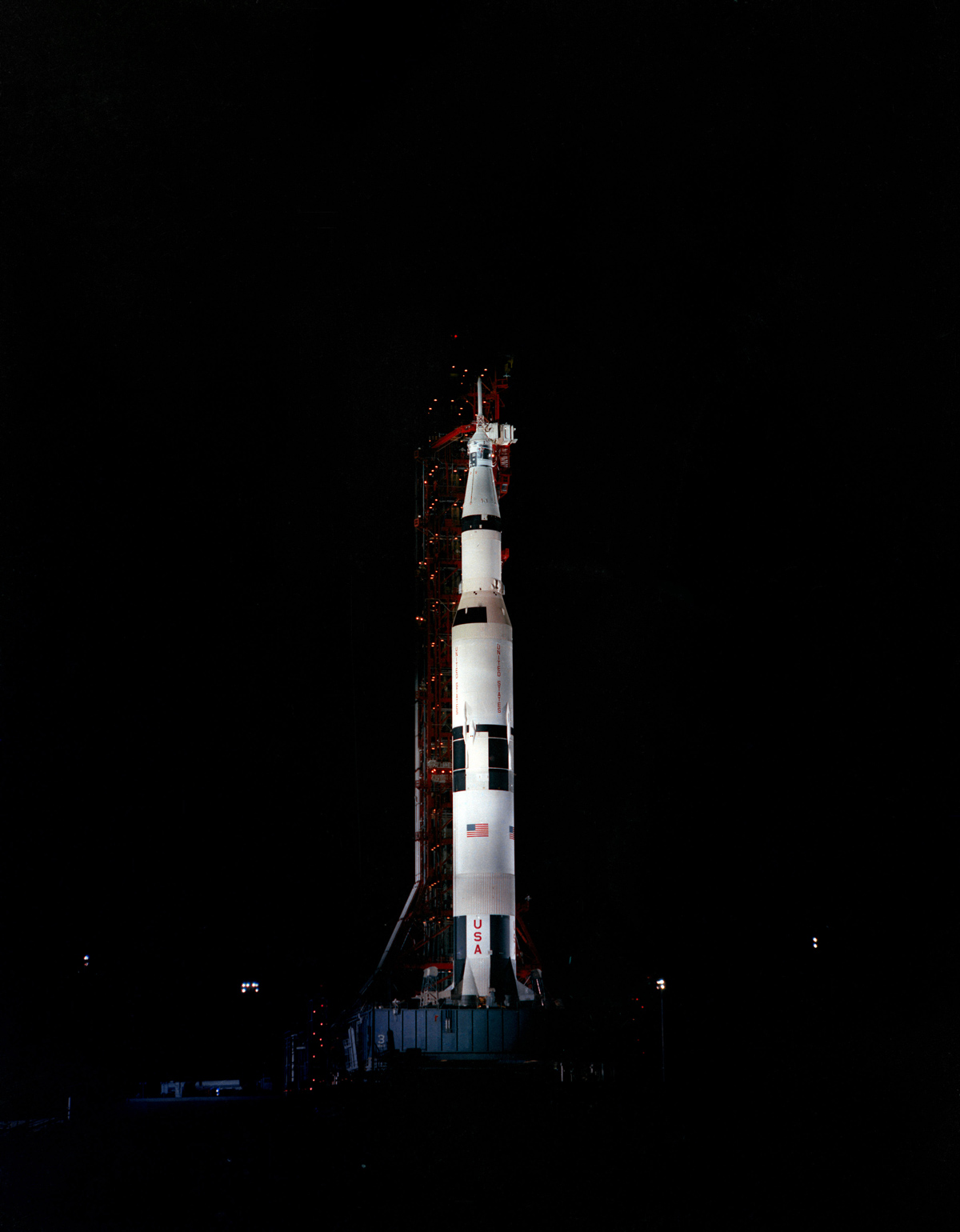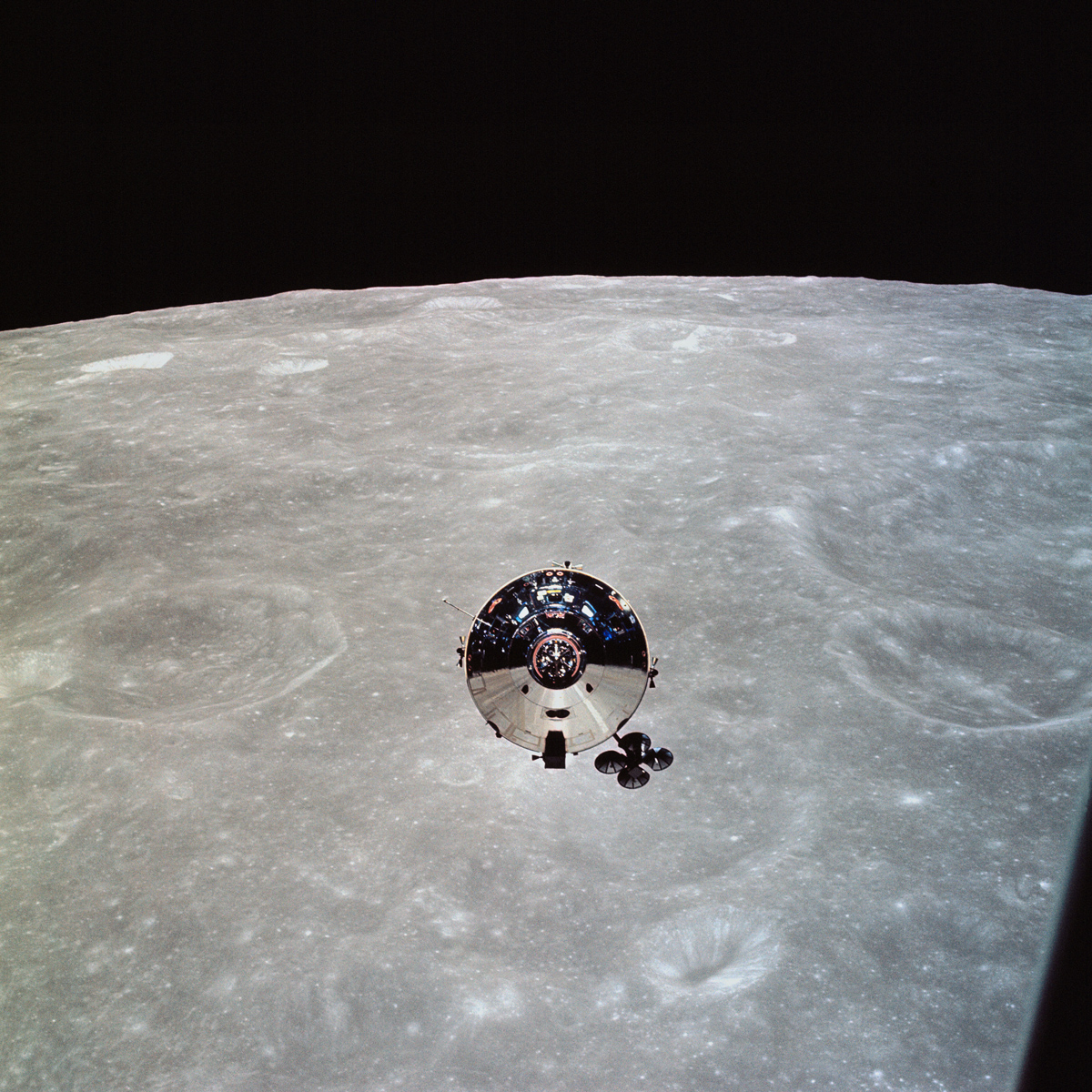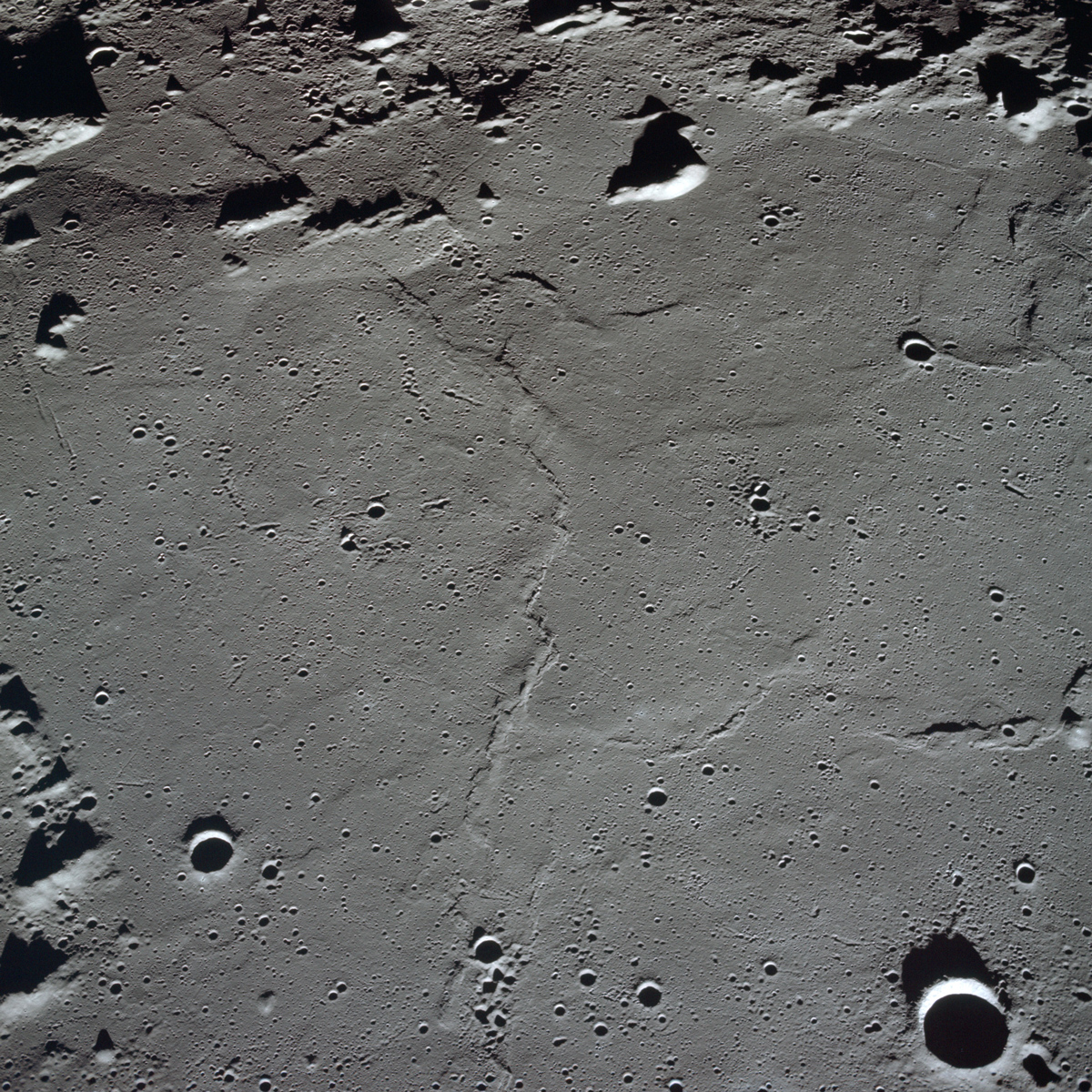The Apollo 10 Mission: NASA's Lunar Landing Dress Rehearsal in Photos
Commander Stafford
Astronaut Thomas P. Stafford, in this official NASA photo, was chosen as the prime crew commander for the Apollo 10 lunar orbit mission.
Command Module Pilot
Astronaut John W. Young, in this official NASA photo, was chosen as the prime crew command module pilot for the Apollo 10 lunar orbit mission.
Lunar Module Pilot
Astronaut Eugene A. Cernan, in this official NASA photo, was chosen as the prime crew lunar module pilot for the Apollo 10 lunar orbit mission.
All Smiles
Astronaut Eugene A. Cernan, chosen as the prime crew lunar module pilot for the Apollo 10 lunar orbit mission, smiles for this official NASA photo.
Off to the Races
On May 18, 1969, the prime crew for the Apollo 10 lunar orbital mission - from right to left, astronaut John W. Young, command module pilot, followed by astronauts Thomas P. Stafford, commander; and Eugene A. Cernan, lunar module pilot — enter the transfer van and head to Launch Complex 39, Pad B at Kennedy Space Center for launch.
Ready for Flight
On the night of May 4, 1969, the Apollo 10 — Spacecraft 106, Lunar Module 4 and Saturn 505 — stands at the ready on Pad B, Launch Complex 39 at Kennedy Space Center. The 363-foot tall Apollo/Saturn V stack will carry astronauts Thomas P. Stafford, John W. Young, and Eugene A. Cernan on the lunar orbital mission.
Up and Away!
On May 18, 1969 at 12:49 p.m. ET, the Apollo 10 space vehicle launched from Kennedy Space Center's Launch Complex 39, Pad B. The prime crew made up of astronauts Thomas P. Stafford, commander; John W. Young, command module pilot; and Eugene A. Cernan, lunar module pilot orbited the moon for eight days in the second manned flight for NASA. Astronauts Stafford and Cernan descended in the Lunar Module to within 8 miles of the lunar surface.
Breaking space news, the latest updates on rocket launches, skywatching events and more!
Three in One
On May 22, 1969, during the Apollo 10 lunar orbital mission, the Command and Service Module floats in lunar orbit, as photographed from the Lunar Module. On the lunar surface, many bright craters are visible.
Another First
Aboard the Apollo 10 spacecraft a color television camera hitched a ride and this still image of the Apollo 10 Lunar Module and Saturn IVB stage after separation from the Command and Service Modules was taken from the first television transmission made from this camera.
Nearside of the Moon
On the lunar nearside, the Apollo 10 team photographed the Central Bay and Bruce, a 3.7 mile diameter crater. The features of this area are accented by the sun's low angle.
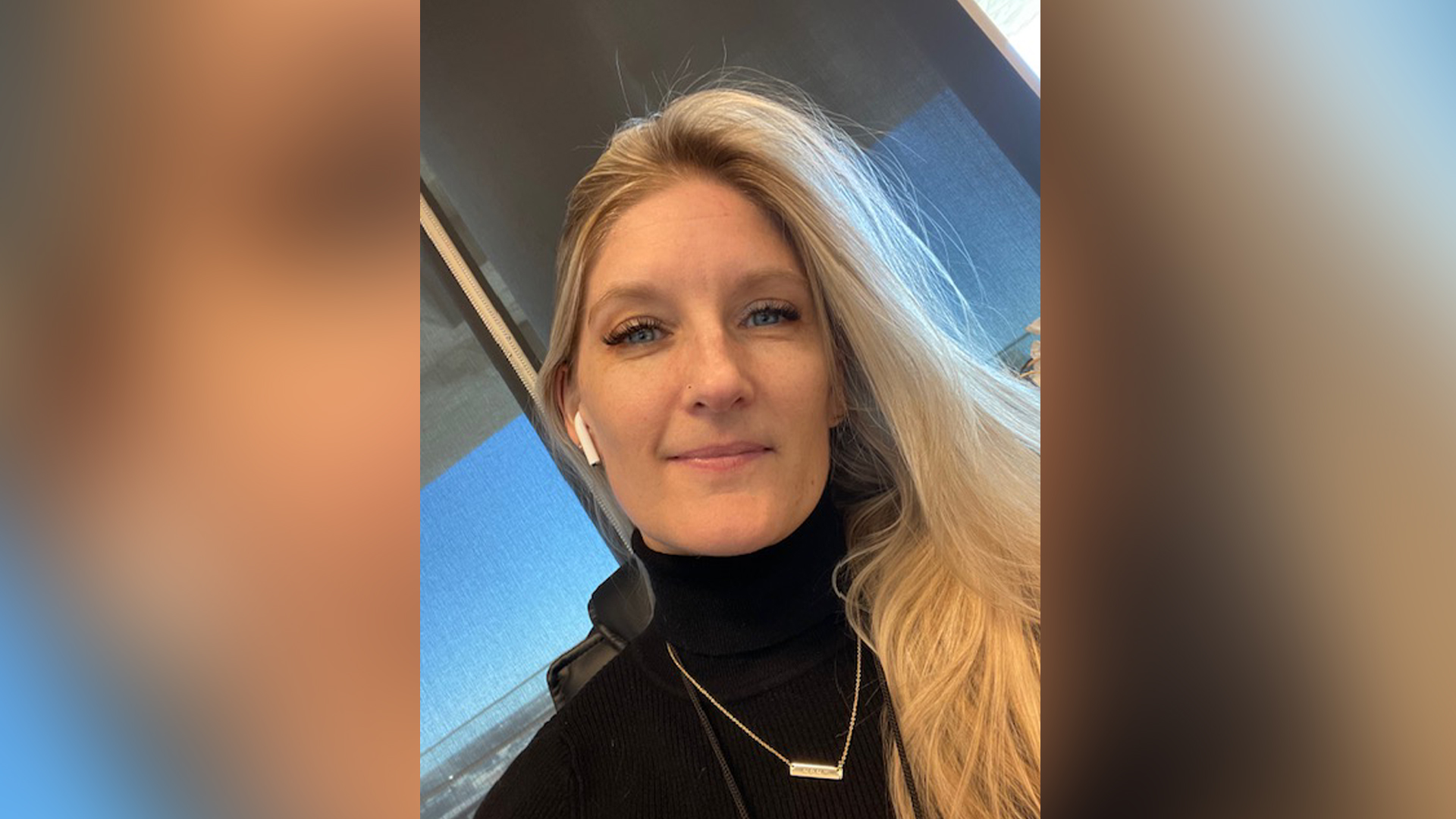
Christine Lunsford joined the Space.com team in 2010 as a freelance producer and later became a contributing writer, covering astrophotography images, astronomy photos and amazing space galleries and more. During her more than 10 years with Space.com, oversaw the site's monthly skywatching updates and produced overnight features and stories on the latest space discoveries. She enjoys learning about subjects of all kinds.
